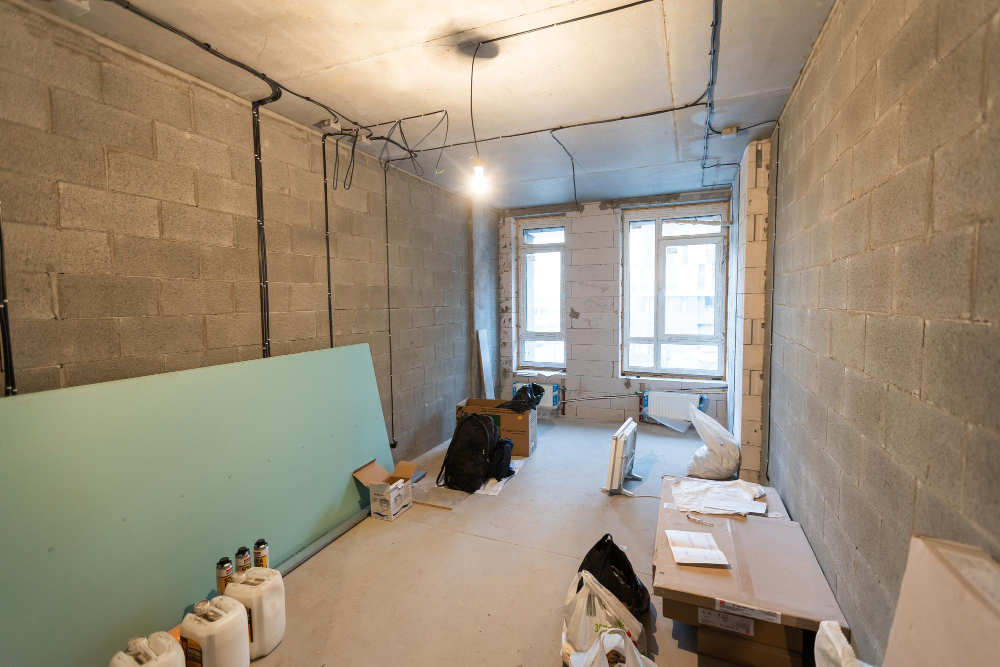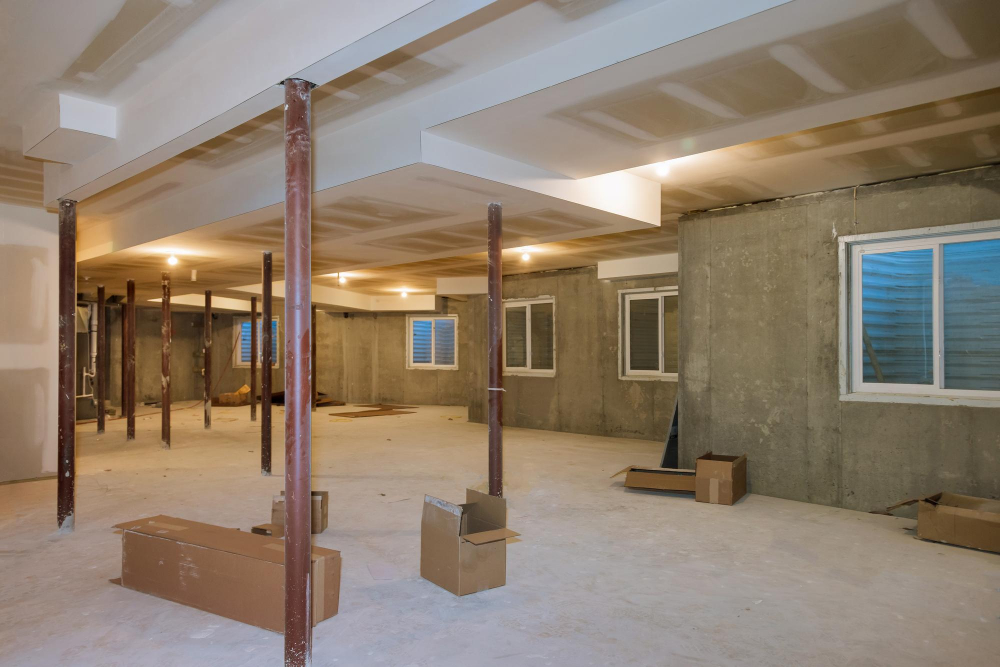When it comes to strengthening a building’s foundation, underpinning is a precise process that demands technical knowledge, safety compliance, and expert supervision. In London, where properties often have complex foundation requirements due to soil conditions and aging structures, the role of a structural engineer becomes critical. Whether it’s stabilizing an existing home or preparing for a basement extension, a structural engineer ensures that the underpinning project is not only successful but also legally and structurally sound.
Why Structural Engineers Are Essential for Underpinning
To correct foundational problems or bear extra weight, underpinning involves reinforcing or extending the original base.A structural engineer is responsible for conducting detailed site assessments and selecting the most suitable underpinning technique, such as mass concrete underpinning, beam and base, or mini-piled underpinning.
Their role includes:
- Performing structural integrity checks
- Assessing soil bearing capacity
- Designing the underpinning solution
- Creating technical reports and CAD drawings
- Ensuring structural stability throughout the project lifecycle
Their insight is indispensable in delivering safe, code-compliant outcomes.
Creating a Safe Construction Plan
Before excavation or foundation work begins, the structural engineer drafts a detailed construction plan tailored to the building and site conditions. This plan includes:
- A step-by-step sequence for underpinning works
- Load transfer schedules to prevent collapse or structural stress
- Risk assessments for nearby structures
- Emergency procedures for unforeseen site issues
This planning stage minimizes disruption and delays while reducing the risk of structural failures. Working with reliable underpinning contractors in London who can interpret and implement these plans is key to project success.
Compliance with Building Regulations
Underpinning projects in London typically require approval from Building Control and, in many cases, involve Party Wall Agreements. Structural engineers help homeowners navigate these legal obligations by providing the necessary engineering documentation.
They ensure:
- The project meets UK building standards
- Health and safety protocols are followed
- All structural drawings are approved before work begins
This prevents potential penalties, legal disputes, or post-construction structural issues.
Oversight and Certification
The involvement of a skilled structural engineer is crucial during construction and post-build inspections.They conduct routine inspections to confirm that the work is being carried out according to approved plans. Any on-site changes or discoveries are reviewed and adapted professionally to keep the project on track.
After the project is complete, the engineer issues structural sign-off certificates and final reports. These documents are often needed for insurance, future renovations, or property sales.
Collaborative Success with Underpinning Contractors in London
Seamless underpinning work depends on open, consistent dialogue between structural engineers and contractors. Contractors rely on the engineer’s specifications for tasks like excavation depth, concrete pouring, or pile installation. Together, they prevent costly errors and ensure the structure is built to last.
By hiring experienced underpinning contractors in London who value collaboration with engineers, property owners can achieve a secure foundation that complies with all safety and structural standards.



